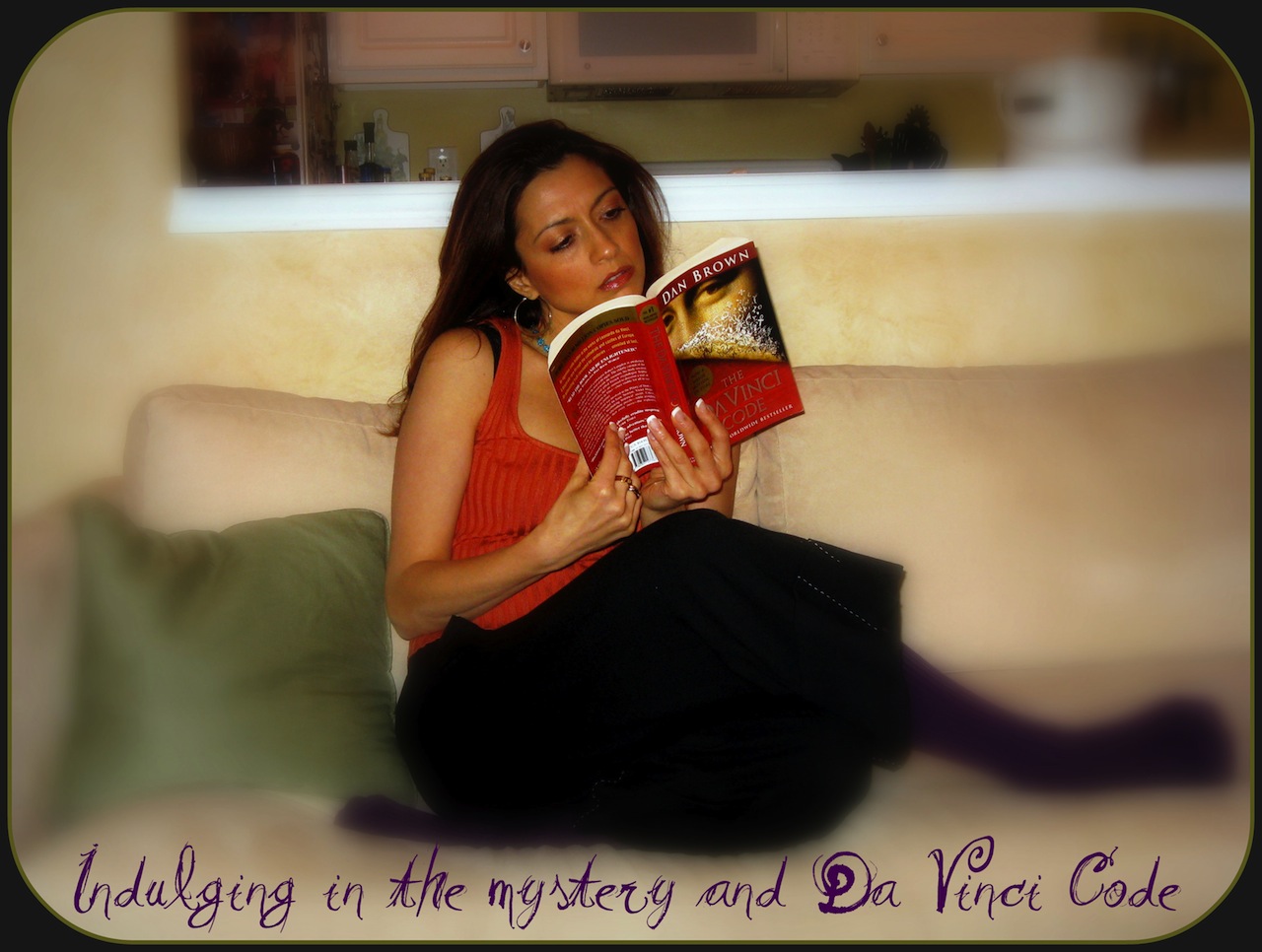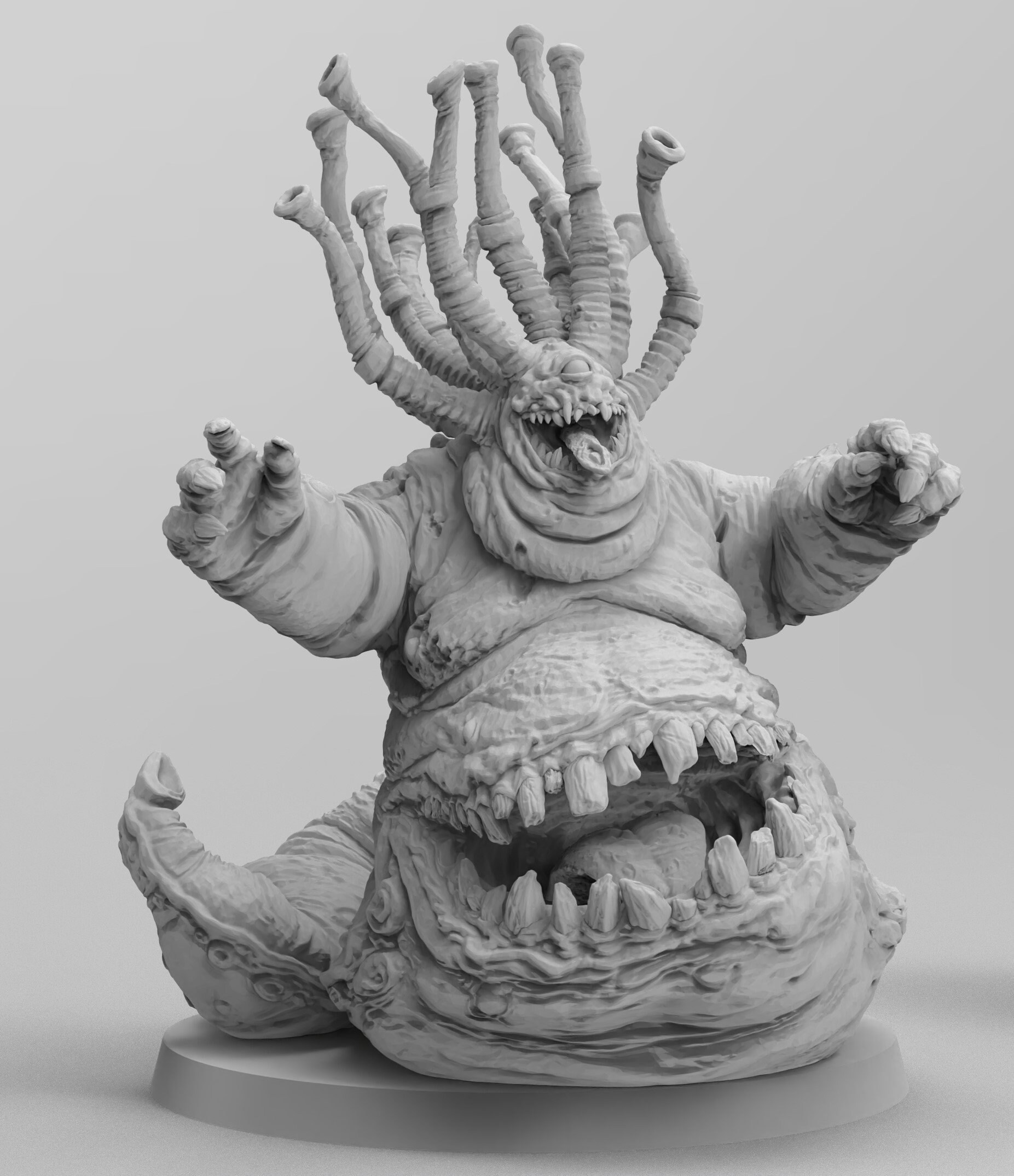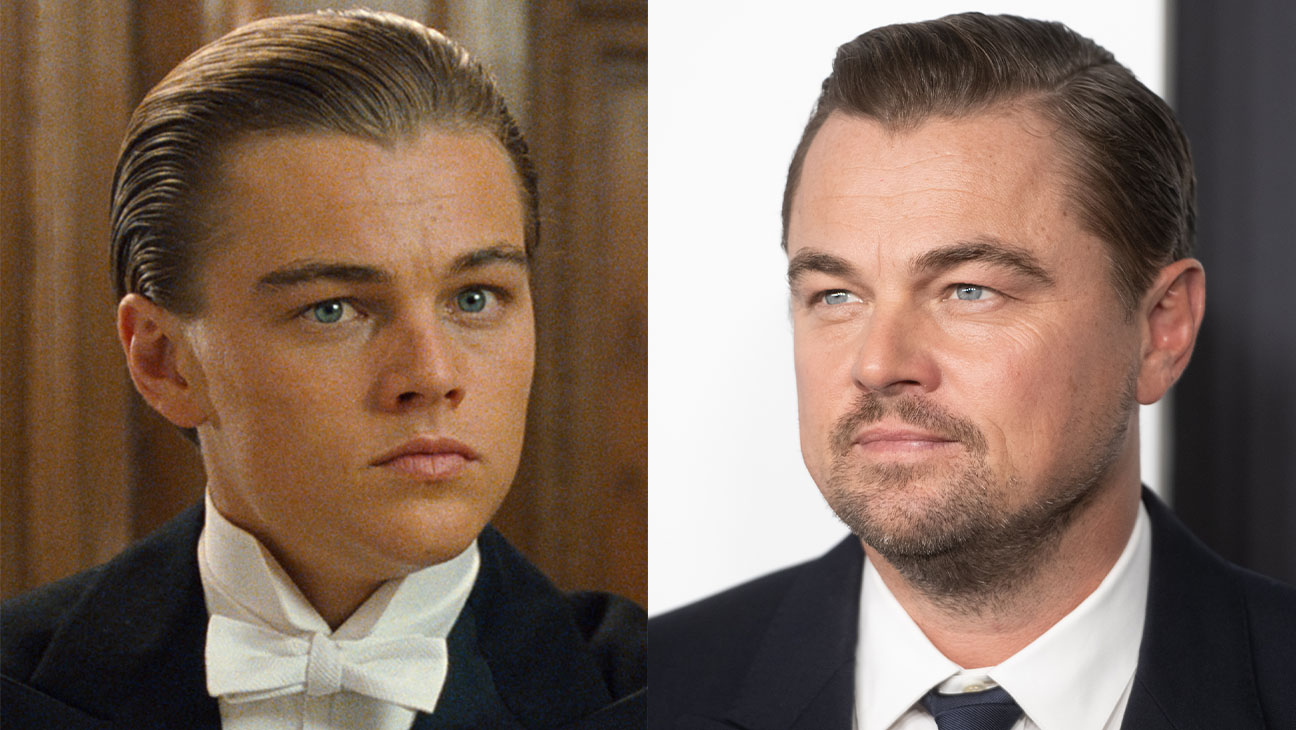The Da Vinci Code: A Deep Dive Into Dan Brown's Masterpiece

Table of Contents
The Intriguing Plot and its Historical Context
At the core of The Da Vinci Code lies a captivating mystery surrounding the Holy Grail, not as a mere cup, but as a symbol representing the bloodline of Jesus Christ and Mary Magdalene. Brown masterfully weaves together real historical figures and events, creating a fictional narrative that feels both believable and shocking. The story hinges on the secretive Priory of Sion, a supposedly ancient organization that has guarded this secret for centuries, and the Knights Templar, a medieval military order rumored to possess untold knowledge.
- The significance of the Priory of Sion in the narrative: Brown portrays the Priory as the protectors of the truth about Jesus's lineage, a truth suppressed by the Catholic Church. Their existence, however, is largely debated by historians.
- The role of the Knights Templar and their supposed secrets: The Knights Templar are presented as another key player in the preservation of the secret, adding a layer of historical intrigue to the already complex plot. Their alleged wealth and knowledge fueled countless legends.
- The historical inaccuracies and controversies surrounding the book: While The Da Vinci Code uses real historical figures and events, many aspects are heavily fictionalized or misinterpreted. This has led to significant debate among historians and religious scholars, adding another layer of interest to the novel.
Symbolism and Religious Allegory in The Da Vinci Code
Symbolism is paramount in The Da Vinci Code. The rose, representing Mary Magdalene, the chalice, signifying the Holy Grail, and the feminine divine challenge traditional interpretations of Christianity. Dan Brown’s work presents a provocative alternative perspective on the role of women in early Christianity and the possible suppression of a more egalitarian vision.
- Detailed explanation of key symbols and their significance: The novel’s symbolic language is rich and layered, demanding careful consideration. Each symbol is deliberately chosen to convey a specific meaning within the narrative's larger context.
- The book's portrayal of the suppressed role of women in early Christianity: The novel argues that the historical role of women, particularly Mary Magdalene, has been systematically marginalized and misrepresented by the Church.
- The implications of the Holy Grail as a metaphor for something beyond literal interpretation: The Holy Grail is not simply a physical object but a powerful metaphor representing lineage, sacred knowledge, and the enduring power of feminine spirituality.
The Characters and Their Motivations in Dan Brown's Masterpiece
The success of The Da Vinci Code also rests on its memorable characters. Robert Langdon, the renowned symbologist, acts as our guide, while Sophie Neveu, a cryptologist with a personal connection to the mystery, provides crucial insights. Sir Leigh Teabing, an expert on the Holy Grail, adds another layer of complexity.
- Robert Langdon's expertise and role as the protagonist: Langdon's knowledge and skills are essential to unraveling the mystery, guiding readers through the complex world of religious symbolism and historical conspiracies.
- Sophie Neveu's connection to the mystery and her personal journey: Neveu's involvement is deeply personal, adding emotional weight to the narrative and driving her determination to uncover the truth.
- The antagonist's motives and their impact on the narrative: The antagonists' actions create tension and suspense, pushing the plot forward and heightening the stakes for our protagonists.
The Success and Impact of The Da Vinci Code
The Da Vinci Code achieved phenomenal success, becoming a global phenomenon. Its impact extends beyond book sales; the film adaptation further solidified its place in popular culture, inspiring countless discussions and debates.
- Sales figures and global reach: The book's sales figures speak for themselves, demonstrating its widespread appeal and its ability to captivate a global audience.
- Critical acclaim and public reception: Despite mixed reviews from some critics, The Da Vinci Code was widely read and enjoyed, sparking lively conversations about its themes.
- The impact on religious discourse and historical interpretations: The book sparked widespread debate, forcing reconsideration of long-held beliefs and challenging traditional perspectives.
Conclusion: A Final Word on The Da Vinci Code
The Da Vinci Code, a masterpiece of historical fiction, remains a cultural touchstone. Its intricate plot, powerful symbolism, and memorable characters continue to captivate readers. By weaving together historical fact and fiction, Dan Brown created a compelling narrative that challenges our understanding of history and religion. Delve deeper into the secrets of The Da Vinci Code—read it (or reread it) and unlock the mysteries of Dan Brown’s masterpiece. For those seeking further exploration, consider researching the historical figures and organizations mentioned, including the Priory of Sion and the Knights Templar, to gain a deeper understanding of the historical context and the controversies surrounding the novel.

Featured Posts
-
 Dodgers 11 10 Loss Offensive Fireworks Not Enough
May 13, 2025
Dodgers 11 10 Loss Offensive Fireworks Not Enough
May 13, 2025 -
 Rebuilding Raptors Strong Lottery Odds 7th Best Chance At Nba Draft Win
May 13, 2025
Rebuilding Raptors Strong Lottery Odds 7th Best Chance At Nba Draft Win
May 13, 2025 -
 Mesogeiakos Kataklysmos Ermineia Ton Arxaiologikon Kai Geologikon Endeikseon
May 13, 2025
Mesogeiakos Kataklysmos Ermineia Ton Arxaiologikon Kai Geologikon Endeikseon
May 13, 2025 -
 Aces Undrafted Rookie A Threat To Top Draft Picks
May 13, 2025
Aces Undrafted Rookie A Threat To Top Draft Picks
May 13, 2025 -
 Bbcs Chris Packham And The Hug A Slug Campaign Promoting Wildlife Appreciation
May 13, 2025
Bbcs Chris Packham And The Hug A Slug Campaign Promoting Wildlife Appreciation
May 13, 2025
Latest Posts
-
 Qanwn Dy Kabryw Fy Almwaedt Hl Hw Hqyqy Thlyl Lelaqth Alakhyrt
May 13, 2025
Qanwn Dy Kabryw Fy Almwaedt Hl Hw Hqyqy Thlyl Lelaqth Alakhyrt
May 13, 2025 -
 Did Leonardo Di Caprio Break His Own Dating Rule Analysis Of His Latest Relationship
May 13, 2025
Did Leonardo Di Caprio Break His Own Dating Rule Analysis Of His Latest Relationship
May 13, 2025 -
 Lywnardw Dy Kabryw Tfasyl Elaqth Aljdydt Wanthak Qanwn Lyw Almzewm
May 13, 2025
Lywnardw Dy Kabryw Tfasyl Elaqth Aljdydt Wanthak Qanwn Lyw Almzewm
May 13, 2025 -
 The Next 5 Leonardo Di Caprio Movies Plot Cast And More
May 13, 2025
The Next 5 Leonardo Di Caprio Movies Plot Cast And More
May 13, 2025 -
 Leonardo Di Caprios Relationship Twist A Deeper Look
May 13, 2025
Leonardo Di Caprios Relationship Twist A Deeper Look
May 13, 2025
